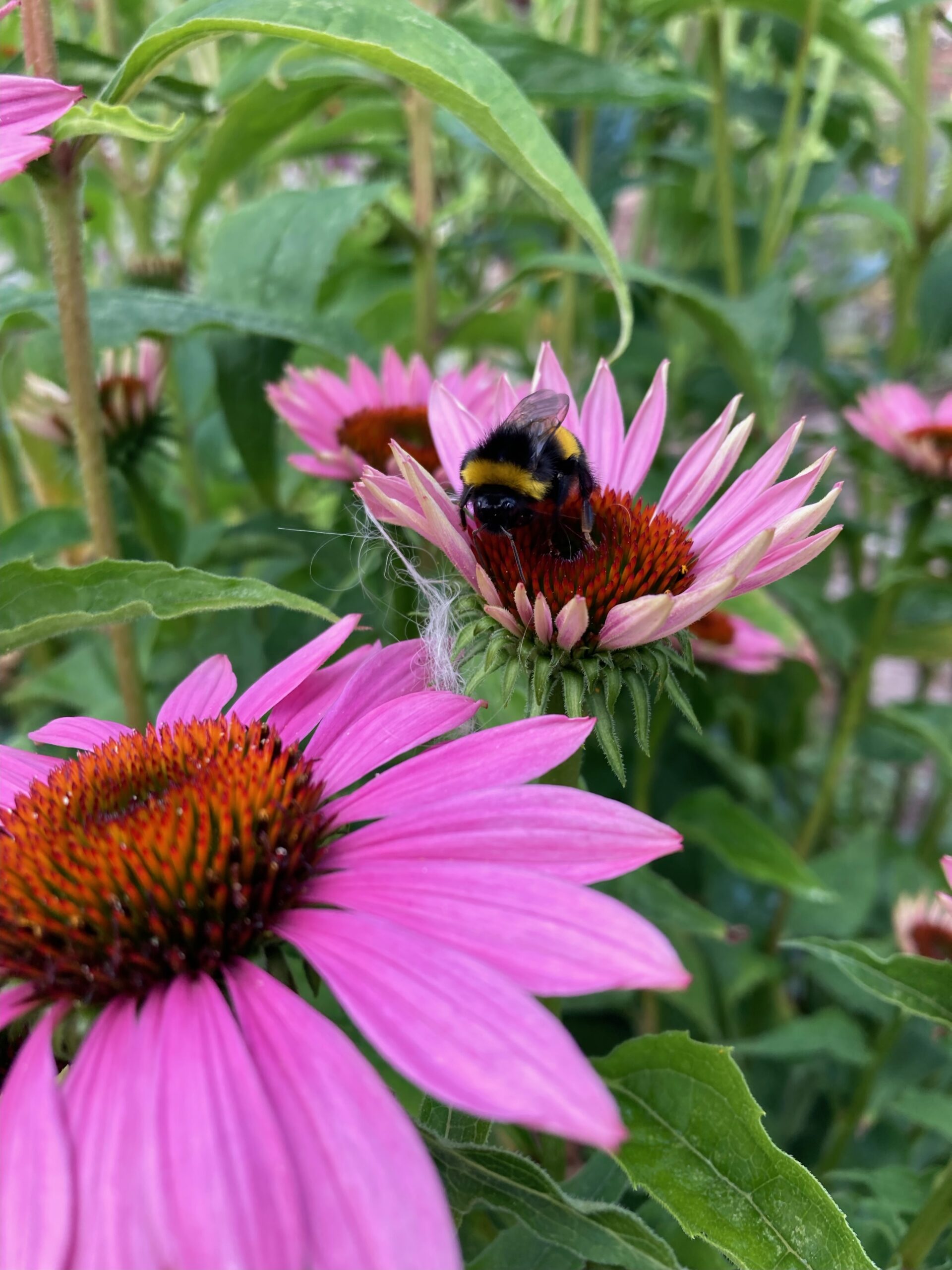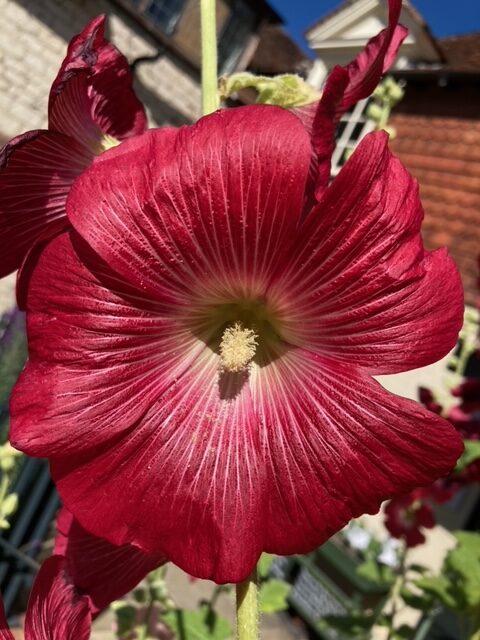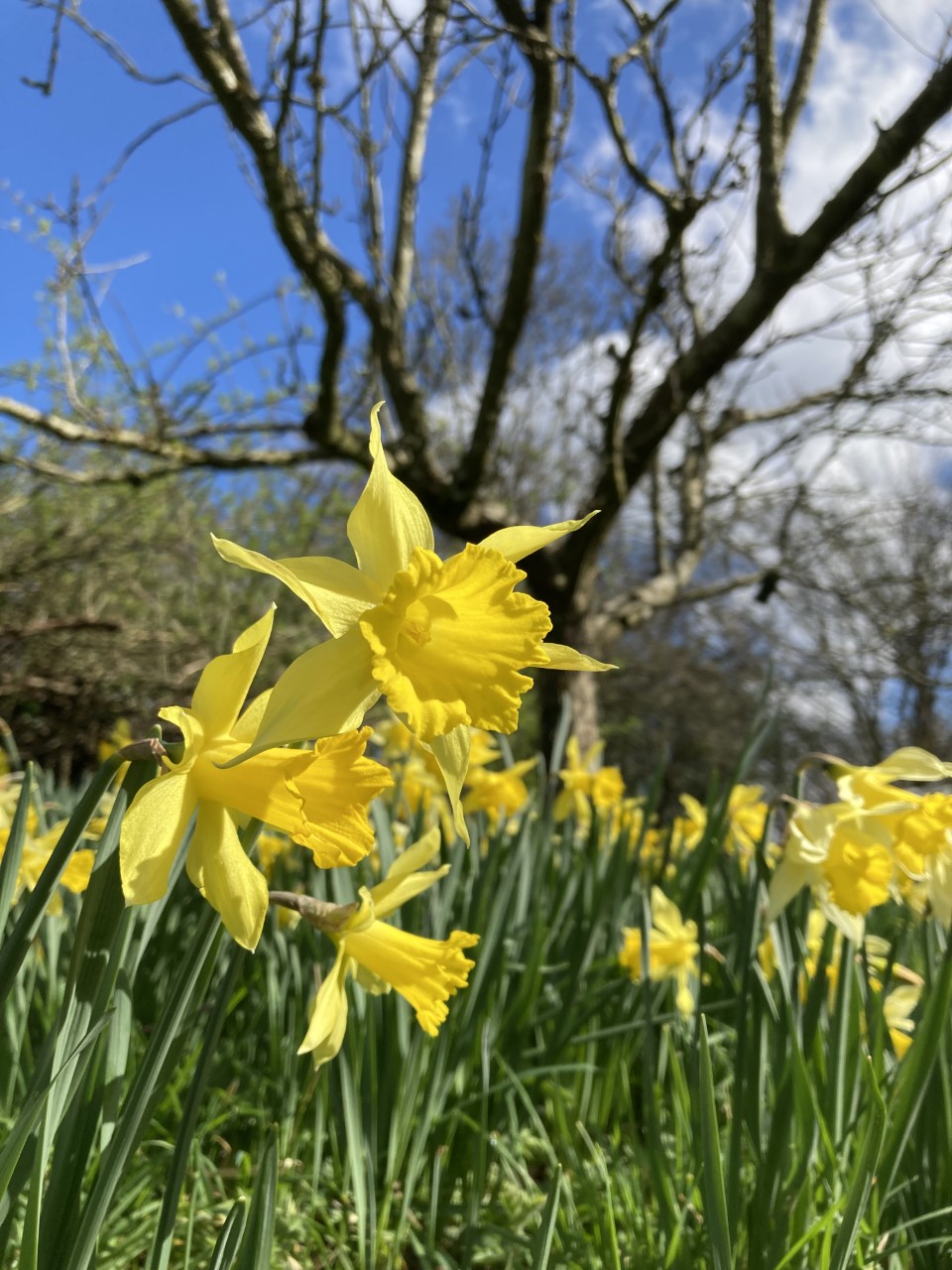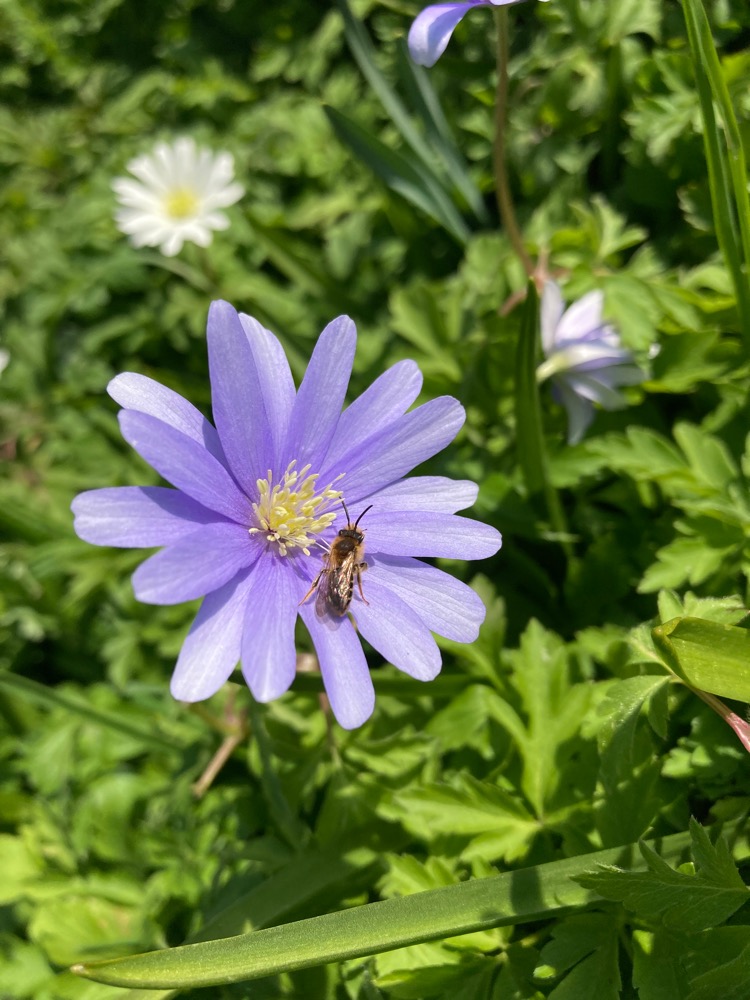The History of the Garden
During the years when Gilbert White lived at The Wakes (1730-1793) the garden grew in size from a small plot next to the High Street to a much larger estate. He was inspired by the English Landscape Movement and the writing of Philip Miller to create a landscape garden in Selborne. Historic features of the garden that can still be seen include the original Haha, Sundial and Fruit Wall as well as the Great Oak planted in 1730. Much of the garden has been recreated using the notes Gilbert White kept in his ‘Garden Kalendar’.


The Six Quarters
The Six Quarters is an area surrounded with walls and hedges, which contains six large flowerbeds. In Georgian times a ‘quarter’ also meant a plot of land or area of planting. We know from records that Gilbert White had six large, rectangular flowerbeds and this area is a reconstruction of what his garden may have looked like. Gilbert White kept a diary about his garden from 1751-1793 and it is from this diary that we know what types of plants he was growing in his garden. The flowerbeds have been planted with many species that Gilbert White grew himself in the 18th century.
The Herb Garden
After walking through the Six Quarters you will find the Herb Garden in a secluded corner of the garden.
It is enclosed within espaliered apple and pear trees and a grape vine and roses grow on the wall. There is a formal layout with brick paths and small beds for easy access to the herbs. Gilbert White grew a variety of herbs, recorded in the ‘Garden Kalendar’ and the ‘Naturalist’s Journal’ some of which we grow here.
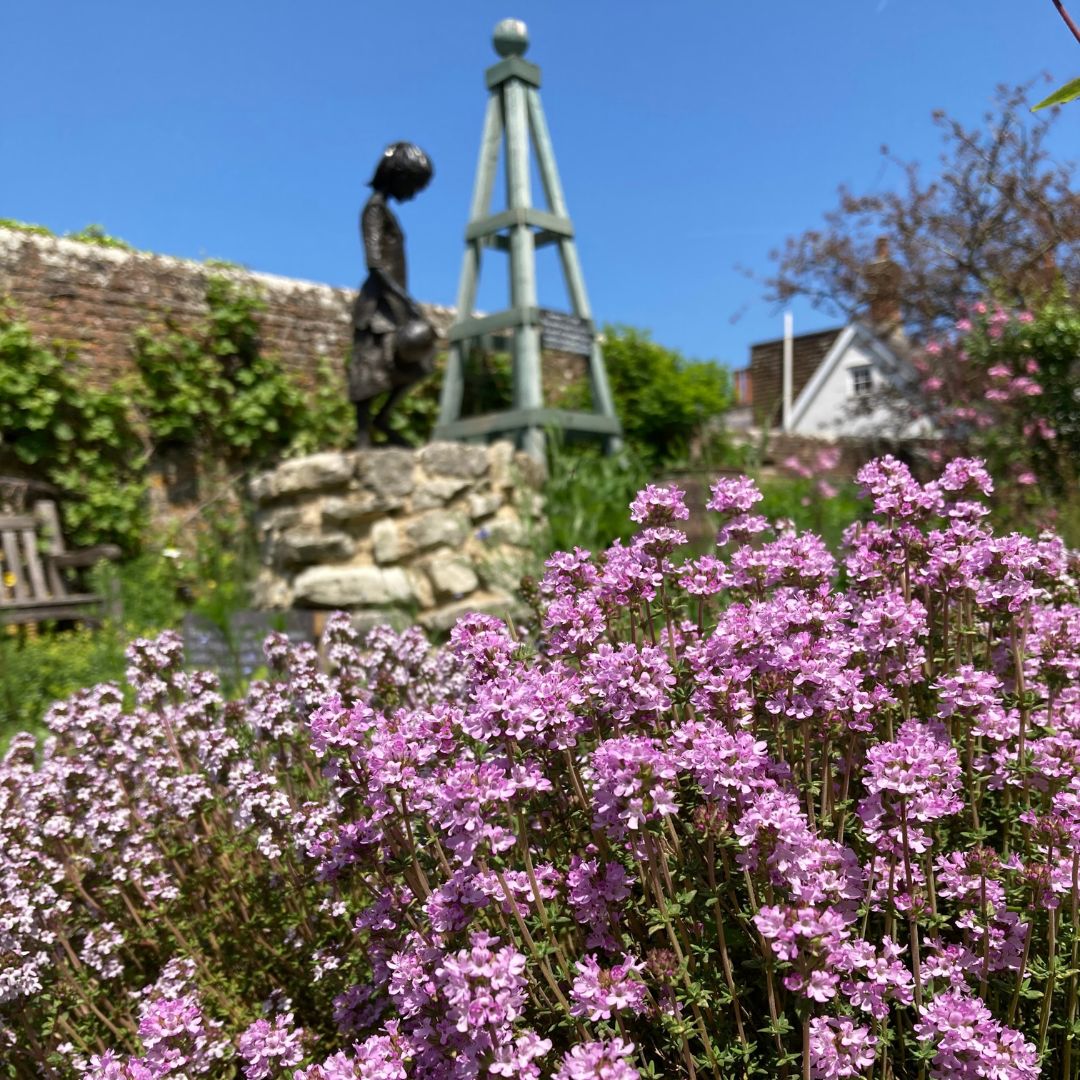

The Naturalists Garden
This area of the garden was originally occupied by an Italianate villa built by Gilbert White’s brother Thomas which was later replaced by a gardener’s cottage. The pond in the naturalists garden contains plants first recorded in Hampshire by Gilbert White including Bogbean and Greater Bullrush, it also provides a habitat for three types of newts. The fruit trees are all 18th century cultivars including ‘Wheelers Russet’ and ‘King of the Pippins’
The Meadow
The main meadow is currently managed under a stewardship agreement with Natural England to keep it as a habitat for wildflowers. The meadow is cut for hay once a year and grazed with sheep over the winter to allow wildflowers to germinate and grow during the spring and summer. The hedgerows and margins of the meadow are also maintained as habitats for wildlife such as bankvoles and bats.

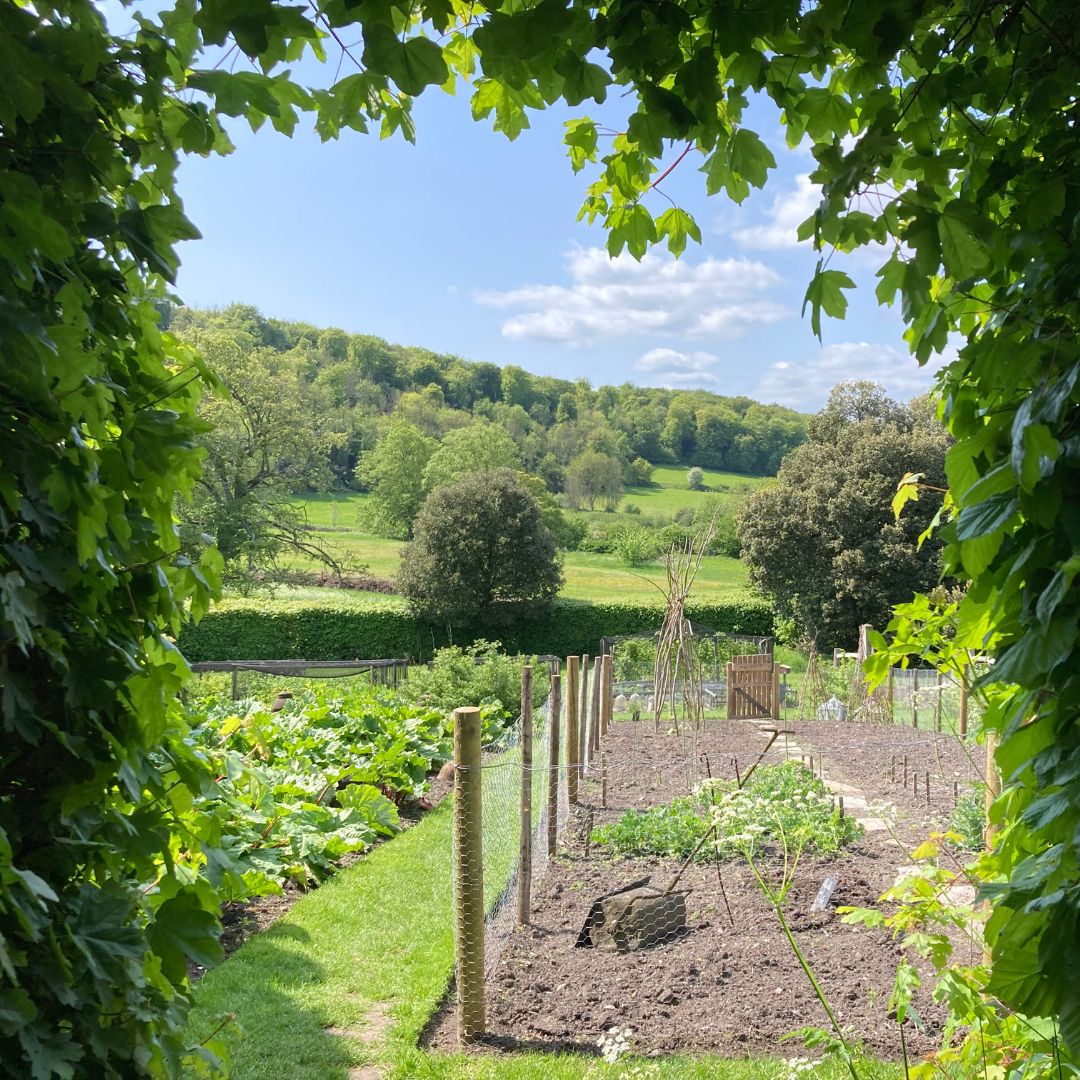
The Kitchen Garden
Gilbert White kept detailed notes on his vegetable and fruit growing in the ‘Garden Kalendar’ between 1751 and 1767. The crops grown in the kitchen garden are either genuine varieties grown by Gilbert White or varieties that represent those grown here in the 18th century. Our aim is to maintain the kitchen garden as a working garden supplying produce to the kitchen and shop. We also produce a large amount of soft fruit used for making preserves for sale in the shop.
The Orchard
In the 18th century Gilbert White grew a wide range of fruit in the garden including apples, pears, plums, apricots, figs, nectarines and peaches. Our fruit trees are mainly on Baker’s Hill near the house, in the Naturalists Garden and in the orchard near the gardener’s area. We have several types of heritage apples including ‘King of the Pippins’, London Pippin’ and ‘French Crab’ as well as ‘Catillac’ and ‘Black Worcester’ pears.


Hotbeds
Gilbert White’s ‘Garden Kalendar’ contains detailed notes on how he grew melons and cucumbers in hotbeds using the heat produced by decomposing horse manure. Our hotbeds are replicas of the ones used in the 18th century using wooden frames topped by glass panels sitting on top of a structure of straw bales containing fresh horse manure. The temperature inside the beds can be regulated by moving the glass panels, or ‘lights’ to give extra ventilation.
Apiary
In 2022 the first beehives were set up in the meadow of Gilbert's grounds. There are currently three hives which are home to colonies of honey bees. On the 5th June 2023 Gilbert White's house & Gardens became the first institutional member of the British Beekeeping Association in 80 years!


Sustainability
Within the garden we are working towards sustainable gardening practices in order to care for both the local and wider environment. Our compost bins take a huge amount of plant material that is then recycled back into the garden. We are trialling peat free and organic compost for plant propagation and are investigating alternatives to plastic pots. Wherever possible handtools and traditional methods are used in the garden rather than power tools with areas of meadow being cut with scythes.

